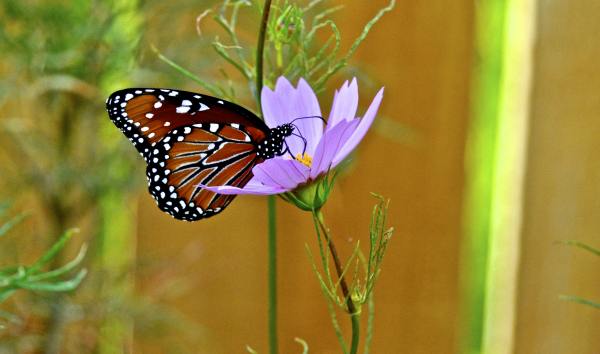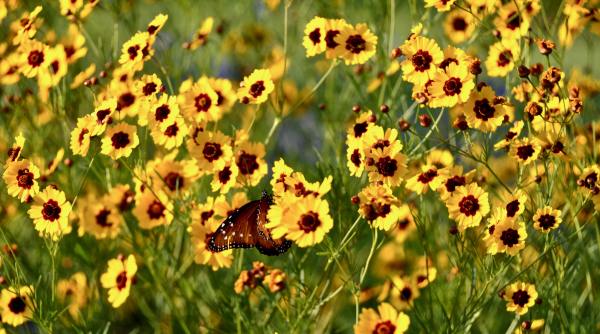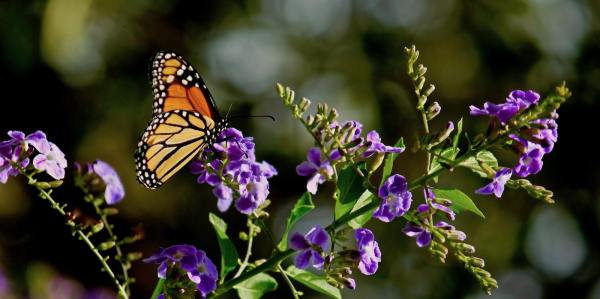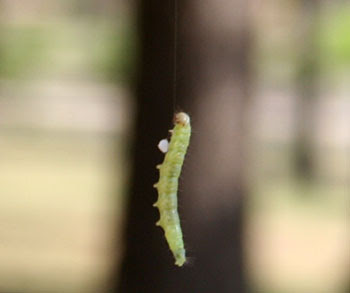Build a beautiful butterfly garden to enjoy while staying at home
Want to create a beautiful butterfly garden to enjoy during your time at home? It’s easier than you think. I’ll show you how in a few simple steps.
There are many native and adapted plants that will entice butterflies to enjoy nectar in your garden. To keep them around, you’ll want to include nectar plants on which butterflies feed and lay eggs, as well as plants that feed their caterpillars. This will ensure that your garden provides for the whole life cycle of butterflies.
The best nectar for butterflies comes from flowers growing in a sunny area; native plants, in particular, provide an excellent food source. To enjoy butterflies from spring through fall, put in plants that bloom throughout the seasons and provide a continuous source of nectar. Purple, pink, yellow, and white are the favorite colors of flowers to butterflies.

And don’t forget to provide water sources for butterflies – they often drink from small puddles near the butterfly garden. Containers could be a shallow dish or platter. Fill the container with sand. Place a few rocks and twigs on the sand to provide landing sites within reach of the water. Then fill the container with water to the level of the sand. Butterflies do not drink from birdbaths, ponds, or large water features, so in the hottest summer months, finding water is often very difficult for them.
There are many, many excellent native and adapted plants that provide nectar for butterflies. Below is a short list of plants you might want to include in your butterfly garden. Plants marked with *are both host and food source plants.

Aster*
Bluestem*
Butterfly Bush
Clover
Coneflower
Fennel*
Flame acanthus*
Goldenrod
Gregg’s Mistflower
Lantana
Lindheimer senna*
Marigold
Mexican bush sage
Mexican
Mexican Petunia
Milkweeds*
Mallows
Parsley*
Skeletonleaf goldeneye
Texas gold columbine
Thistle
Verbena
Vetch
Zexmenia*











